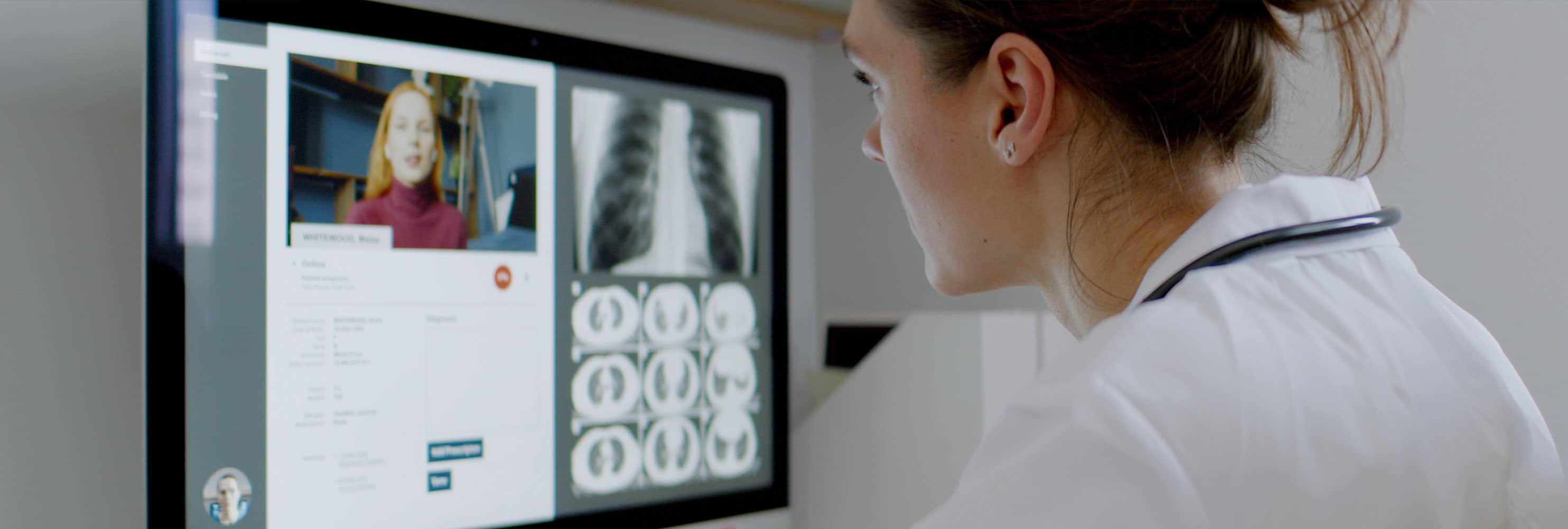
Why Practices Should Still Utilize Telehealth Amid COVID-19
COVID-19 prompted a widespread adoption of telehealth solutions across the country. Pro...
December 30, 2019
What is the most important part of your practice? While some providers may argue that it is the billing department, or the physicians themselves, this is not the case. The most important part of any practice is the reason that practice was started in the first place. For most practice across the United States, this is the patient. Most any physician will answer the questions of why they got into medicine with one answer, to help people and to help patients.
Telehealth impacts how care is delivered to patients in a revolutionary way. It is positively impacting the most important part of your practice by expanding access to care, improving the prescription process, improving the patient experience, and cutting costs.
What is the Telehealth Impact for Patients?
1) Expanding Access
For patients who live in rural areas, accessing a physician is not always a simple effort. For some, the idea of a primary care doctor does not exist, and they drive long distances to find the nearest hospital, urgent care, or clinic. The telehealth impact means expanding access to primary care for patients like these. With telehealth technology, patients can visit with a physician who is outside of their normal driving range. While this does not include visits for emergency care, this allows patients to engage in regularly scheduled visits and follow up care to better address their overall health. Telehealth impacts care for these patients by allowing them to better engage their physicians day-to-day.
2) Geo-Based Pharmacy Recommendations
As the telehealth impact enables patients to see physicians outside of their normal driving radius, it is important that the physician be able to adapt to the needs of the patient’s geographical location. With the right software, providers can access geo-based pharmacy recommendations. This enables the provider to send prescriptions to the pharmacy that makes the most sense for the patient. This could be one closest to their home, or it could be one that is near to them if they are out of town. Regardless, the telehealth impact enables a provider to access a list of pharmacies surrounding the patient and make suggestions based on those recommendations.
3) Improving the Patient Experience
The patient experience is most likely the largest factor of the telehealth impact in today’s age. For as long as many can remember, going to the doctor meant you were going to have to sit in a waiting room for an extended amount of time. Telehealth impacts the wait room experience by removing the waiting room. Now, patients and providers log on moments before the scheduled visit time, quickly complete their visit, and move on with their day. This improves the overall patient experience by enabling them a quicker, more accessible encounter.
4) Cutting Patient Costs
Going to the doctor is often a huge deal for patients. It means taking off work, which for many means going unpaid for the day. It means traveling out of the way, which adds up to annoying traveling costs each year. It also means paying for those things on top of the normal costs associated with medical care. The cost alone is a large reason patients avoid engaging with their physicians. Telehealth impacts this aspect of a patients care by eliminating the need to take off work and the need to travel out of the way. More and more payers are also accepting telehealth as a covered visit under their insurance. For many patients, telehealth impacts the cost of services enough to make them engage more regularly.
The telehealth impact includes improved patient engagement and a better patient experience. To learn more about how your practice can implement a quality telehealth solution, click here.